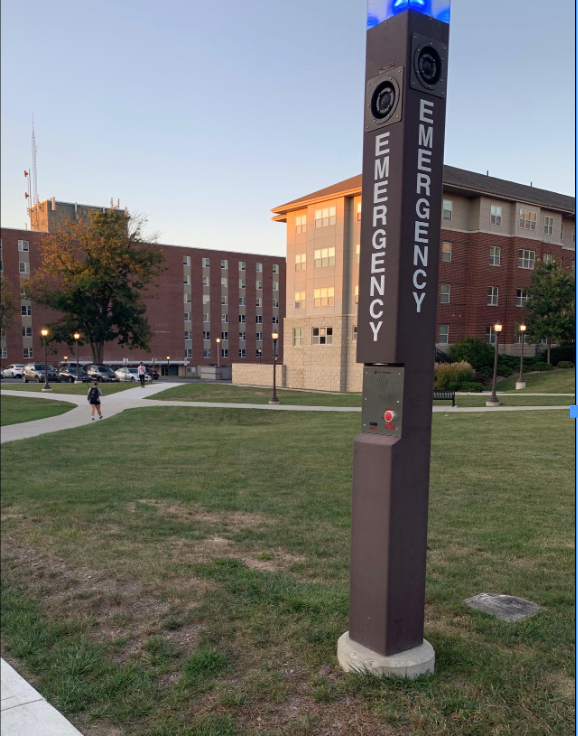
Stephanie Lemons
News Editor
To combat sexual assault on campus, the Wellness Education & Prevention organization puts on presentations throughout the academic year to promote personal responsibility and prevent sexual assault. Additionally, they also run a bystander intervention program.
Laura Suits, the coordinator of Wellness Education & Prevention elaborated on the program, “It’s a way for us to make sure that there are multiple layers of prevention that we can be doing. Instead of being reactive, we can be proactive.”
ESU’s active bystander intervention program, or “Step Up!” is about educating students on how to step in and do their part to prevent sexual assault. These programs include advice bystanders can follow if they see something happening, such as intervening and separating the attempted perpetrator and victim.
Step Up! is made up of five steps; Notice the event, interpret the problem, assume personal responsibility, know how to help, and step up.
Noticing the event means you’re being actively aware with your environment and can tell when there is an issue in front of you.
Interpreting the problem would be analyzing the situation and decide if the person needs your help getting out of a potentially harmful situation.
Assuming personal responsibility requires you to be willing to stand up and offer help, even if there are other bystanders who aren’t reacting to a harmful situation.
Knowing how to help means understanding what the situation calls for, such as removing the victim from the situation, creating a distraction, helping them sober up, or calling for medical or legal help.
Stepping up and intervening could help save someone from getting hurt and taking whatever preventative measures you can to help another person is worth learning how to do so safely.
Being aware of your surroundings is the most important thing you can do to protect yourself and others. It’s also recommended to stay in groups or at least pairs so you can keep an eye on each other.
While the bystander intervention program can help prevent the 20% of assaults are committed by strangers, there’s still the 80% of assaults perpetrated by people the victims knew. Especially in situations involving drinking, everyone should be conscious of the behavior of those around them; if someone is acting in a way you find suspicious, keep a note of it.
Of course, the focus of sexual assault should be on the assailant, not just preventative measures people should do in case they’re attacked.
“I try to look at sexual assault and I don’t think one program is going to solve everyone’s issue,” Suits continued. “It’s everyone’s responsibility to make sure everyone is safe.”
Wellness Education & Prevention is continuing “It’s On Us” for the second year, and students can request bystander training through the wellness page on the ESU website.
Suits also recommend that students should download the LiveSafe app. In the application, your friends or campus police can monitor you in real-time while you walk home.
Email Stephanie at:
slemons@live.esu.edu

